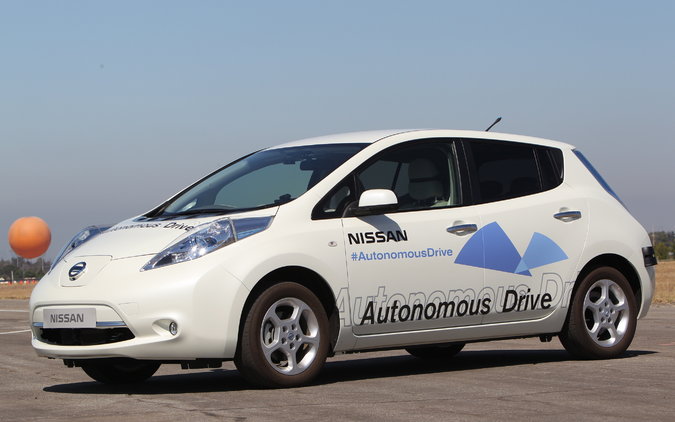Autonomous cars are already a reality and, in the near future, will be increasingly present in our daily lives. For that reason, security issues are so important.

Now, a new study by Stanford University reveals a drawback in existing models. And that problem is relative to the instant that the human driver has to be made again with the controls of the vehicle, after the robotic driving has been running a good time.
In the current autonomous vehicles, it is normal for the car to operate only if, at specific times, it gives control to the person in the car.
What the researchers did was check how the drivers maneuvered when the car gave them back control while driving at a high speed. And what they found was that people were being handled more awkwardly when they had to make some kind of maneuver, when it had been a long time since the last time they had taken the wheel.
In reality it was a lack of practice because the experiment showed that those same drivers overcame that awkwardness when they had got used to driving the vehicle and had become accustomed to the changes of speed that can realize while it is circulating autonomously.
The finding does not pose any serious inconvenience to the acceptance of this type of vehicle, but if it shows that it may be necessary to go through some training period with them before starting to drive one.













